Home>Technology>Home Entertainment Systems>How To Connect Phone To Projector Via USB
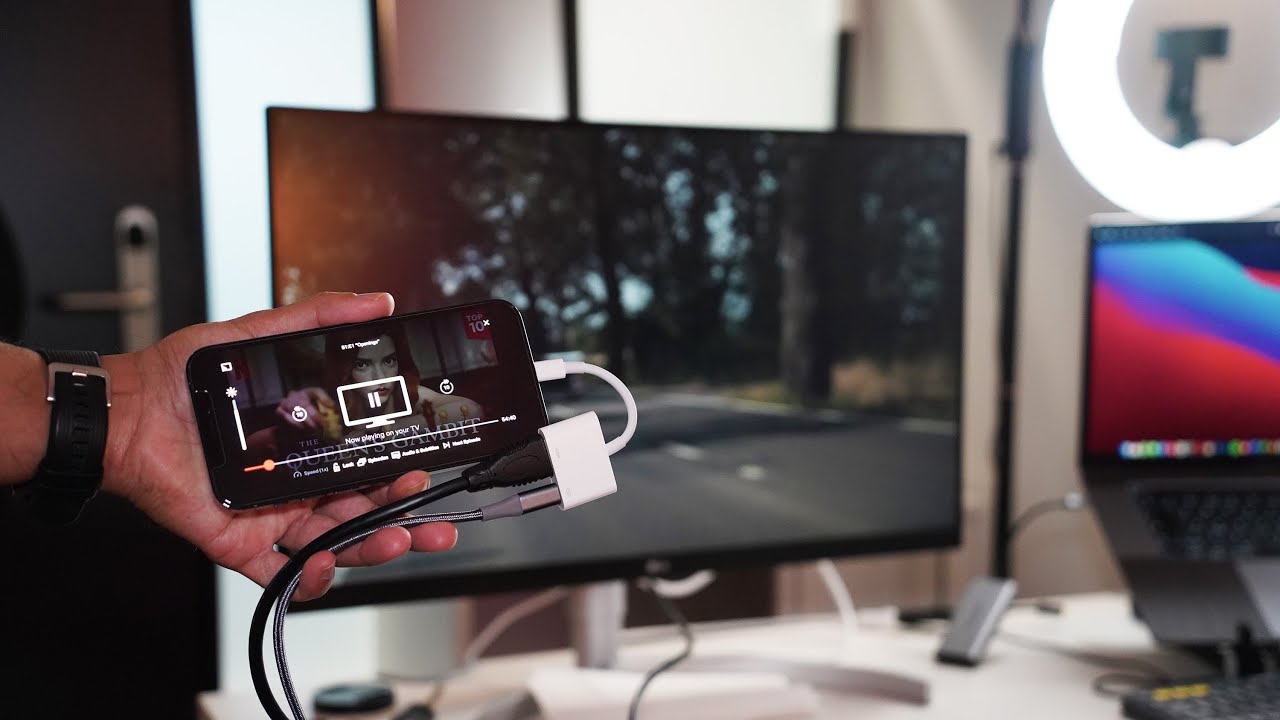

Home Entertainment Systems
How To Connect Phone To Projector Via USB
Published: December 30, 2023
Learn how to easily connect your phone to a projector via USB for seamless home entertainment systems. Follow these simple steps for hassle-free setup.
(Many of the links in this article redirect to a specific reviewed product. Your purchase of these products through affiliate links helps to generate commission for Storables.com, at no extra cost. Learn more)
Introduction
Welcome to the exciting world of connecting your phone to a projector via USB! In today's fast-paced digital age, having the ability to seamlessly share and enjoy content from your phone on a larger screen is a game-changer. Whether you're gearing up for a movie night with friends, a captivating presentation at work, or a thrilling gaming session, the convenience and versatility of connecting your phone to a projector via USB are unparalleled.
Gone are the days of crowding around a small phone screen to view photos, videos, or presentations. With the right equipment and a few simple steps, you can harness the power of modern technology to effortlessly project your phone's content onto a larger canvas, creating a more immersive and engaging experience for yourself and your audience.
In this comprehensive guide, we'll walk you through the step-by-step process of connecting your phone to a projector using a USB cable. Whether you're a tech enthusiast looking to explore new possibilities or a casual user seeking a convenient way to share content, this guide is designed to demystify the process and empower you to make the most of your home entertainment setup.
So, grab your USB cable, dust off that projector, and get ready to unlock a world of entertainment, productivity, and creativity as we delve into the fascinating realm of connecting your phone to a projector via USB. Let's embark on this journey together and discover the seamless magic of merging your phone and projector into a unified powerhouse of visual delight.
Key Takeaways:
- Unlock the magic of connecting your phone to a projector via USB for seamless sharing and immersive experiences. From verifying compatibility to playing content, embrace the boundless potential of visual storytelling and entertainment.
- Seamlessly integrate your phone with a projector via USB to transcend traditional screens and share captivating content. Whether reliving memories or delivering presentations, unleash the power of visual connectivity and shared experiences.
Read more: How To Connect TMY Projector To Phone
Step 1: Check Your Phone’s Compatibility
Before diving into the process of connecting your phone to a projector via USB, it’s essential to ensure that your phone is compatible with this connectivity method. While many modern smartphones support USB connectivity for various purposes, including data transfer and charging, not all devices may support USB projection to a projector.
First and foremost, check your phone’s specifications and documentation to verify if it offers USB video output functionality. Some phones may support USB OTG (On-The-Go) functionality, allowing them to act as a host and connect to external devices such as projectors. Additionally, certain phone models may require specific settings or apps to enable USB projection, so familiarizing yourself with your phone’s capabilities is crucial.
Furthermore, consider the type of USB port available on your phone. Most modern smartphones utilize a USB-C port, while older models may feature Micro-USB or even the traditional USB-A port. It’s important to identify the type of USB port on your phone to ensure compatibility with the USB cable and adapter required for connecting to the projector.
If your phone lacks native USB projection support, don’t fret just yet. There are third-party adapters and accessories available that can bridge the gap and enable USB connectivity to projectors. These adapters often provide additional features such as screen mirroring and enhanced compatibility with a wide range of devices, offering a versatile solution for users with diverse phone models.
By thoroughly assessing your phone’s compatibility with USB projection, you’ll be better prepared to proceed with the subsequent steps, armed with the knowledge of your device’s capabilities and any additional accessories that may be required. With this foundational understanding in place, you’re one step closer to seamlessly integrating your phone with a projector for a captivating visual experience.
Step 2: Get the Right USB Cable and Adapter
With your phone’s compatibility confirmed, the next crucial step in the process of connecting it to a projector via USB is acquiring the appropriate USB cable and, if necessary, an adapter. The specific type of cable and adapter required will depend on the USB port present on your phone and the input options available on the projector.
When selecting a USB cable, it’s important to consider the following factors:
- USB Type: Identify the type of USB port on your phone, whether it’s USB-C, Micro-USB, or USB-A, and procure a cable with the corresponding connector to ensure a secure and compatible connection.
- Cable Length: Depending on the distance between your phone and the projector, choose a cable length that provides ample flexibility without unnecessary slack, allowing for a tidy and practical setup.
- Quality and Durability: Opt for a high-quality USB cable with robust construction to ensure reliable data transmission and longevity, minimizing the risk of connectivity issues or premature wear.
If your phone necessitates an adapter to interface with the projector, explore the available options based on the projector’s input ports. Common adapter types include USB-C to HDMI, Micro-USB to HDMI, and USB-C to VGA, among others, catering to different projector connectivity standards.
Furthermore, for users with devices that support USB OTG functionality, specialized OTG adapters can facilitate the connection between the phone and the projector, enabling seamless USB projection without the need for additional power sources or complex setups.
When choosing a USB adapter, consider the following aspects:
- Compatibility: Ensure that the adapter is compatible with your phone model and supports the required video output standards, such as HDMI or VGA, matching the input options on the projector.
- Additional Features: Some adapters offer supplementary functionalities such as audio output, simultaneous charging, or multi-port connectivity, enhancing the overall versatility and convenience of the setup.
- Portability and Convenience: Opt for a compact and travel-friendly adapter that aligns with your usage scenarios, whether for home entertainment, business presentations, or on-the-go connectivity.
By acquiring the right USB cable and, if needed, an adapter tailored to your phone and projector’s specifications, you’ll be equipped with the essential components to establish a seamless USB connection and unleash the visual potential of your phone on the projector’s expansive display.
Step 3: Connect the USB Cable to the Projector
With the necessary USB cable and adapter in hand, it’s time to embark on the physical connection process, starting with linking the USB cable to the projector. This step is pivotal in establishing a direct and stable link between your phone and the projector, laying the groundwork for the forthcoming USB projection setup.
Before proceeding, power off the projector and ensure that both devices are positioned within reach of the USB cable, allowing for a convenient and clutter-free connection. Here’s a guide to connecting the USB cable to the projector:
- Identify the USB Input: Locate the USB input port on the projector, typically situated on the rear or side panel. It may be labeled as “USB,” “USB-A,” or “USB-C,” depending on the projector’s design and connectivity options.
- Insert the USB Cable: Take the USB cable and firmly insert the appropriate connector into the USB input port on the projector, ensuring a secure and snug fit. Exercise caution to avoid applying excessive force or causing damage to the port or cable.
- Secure the Cable: Once the USB cable is connected, secure it in place to prevent accidental disconnection or tripping hazards. Utilize cable management solutions or clips to neatly route the cable along the projector’s body, maintaining a tidy and organized setup.
- Power On the Projector: After securing the USB connection, power on the projector and await the initialization process. Some projectors may detect the USB input automatically, while others may require manual input selection using the onboard controls or remote.
Upon successfully connecting the USB cable to the projector, you’ve laid the foundation for the upcoming link between your phone and the projector, setting the stage for seamless content projection and sharing. The physical connection between the USB cable and the projector marks a pivotal milestone in the overall setup process, bringing you one step closer to experiencing the visual wonders of USB projection from your phone.
You cannot connect a phone to a projector via USB. You will need to use a compatible cable or a wireless connection such as Bluetooth or Wi-Fi.
Step 4: Connect the USB Cable to Your Phone
With the USB cable securely linked to the projector, the next vital step in the process of connecting your phone to a projector via USB involves establishing the direct connection between the phone and the USB cable. This pivotal link serves as the conduit for transmitting your phone’s content to the projector, unlocking a world of visual possibilities and shared experiences.
Follow these straightforward steps to connect the USB cable to your phone:
- Identify the USB Port on Your Phone: Locate the USB port on your phone, typically positioned along the bottom edge or the sides, depending on the device’s design. Common USB port types include USB-C, Micro-USB, and USB-A, each requiring the corresponding cable connector for a secure fit.
- Insert the USB Cable: Take the USB cable and carefully insert the compatible connector into the USB port on your phone, ensuring a snug and stable connection. Exercise caution to avoid applying excessive force or causing damage to the phone’s port during the insertion process.
- Confirm the Connection: Once the USB cable is firmly inserted, verify that the connection is secure and stable, minimizing the risk of accidental disconnection during operation. The snug fit ensures seamless data transmission and power delivery between your phone and the projector.
- Unlock Your Phone (if necessary): Depending on your phone’s settings, you may need to unlock the device to enable USB data transfer or projection functionality. Follow any on-screen prompts or system notifications to grant necessary permissions for USB connectivity.
By successfully connecting the USB cable to your phone, you’ve established the critical link required to initiate USB projection and share your phone’s content on the projector’s expansive display. This pivotal connection paves the way for an immersive visual experience, whether you’re showcasing captivating multimedia content, delivering impactful presentations, or indulging in gaming adventures on the big screen.
With the USB cable seamlessly interfaced with your phone, you’re now poised to harness the power of USB projection and unlock a realm of possibilities for sharing, entertainment, and productivity, all at the touch of your fingertips.
Read more: How To Connect Auking Projector To Phone
Step 5: Adjust the Projector Settings
With the USB cable successfully connected to both your phone and the projector, the next crucial phase involves configuring the projector settings to facilitate USB projection and optimize the visual output. By adjusting the projector settings accordingly, you can ensure an optimal viewing experience and seamless integration with your phone’s content.
Follow these essential steps to adjust the projector settings for USB projection:
- Access the Projector Menu: Using the projector’s remote control or onboard controls, navigate to the settings or input menu to manage the connected USB input. Depending on the projector model, the menu options may vary, but look for settings related to input sources and USB connectivity.
- Select the USB Input: Within the projector settings, locate and select the USB input as the active source for projection. This step ensures that the projector prioritizes the USB connection linked to your phone, preparing it to receive and display content transmitted via the USB cable.
- Adjust Display Settings (if necessary): Depending on your preferences and the specific content being projected, you may have the option to fine-tune the display settings such as brightness, contrast, and aspect ratio. Tailor the projector’s display parameters to suit the content and environment, optimizing the visual impact of the projected images or videos.
- Enable USB Projection Mode (if applicable): Some projectors feature dedicated USB projection modes or settings that enhance compatibility and performance when receiving content from external devices such as phones. Explore the projector’s user manual or on-screen prompts to enable any specialized USB projection modes for an enhanced viewing experience.
- Verify Signal Detection: Once the projector settings are adjusted, verify that the projector detects the USB input from your phone. Look for on-screen indicators or prompts that confirm the successful recognition of the connected USB source, signaling readiness for content projection.
By meticulously adjusting the projector settings to accommodate USB projection, you’re poised to unlock the full potential of your phone’s content on the expansive canvas of the projector’s display. These tailored settings ensure seamless compatibility and optimal visual performance, setting the stage for an immersive and captivating viewing experience.
With the projector settings fine-tuned and the USB input primed for projection, you’re now ready to embark on the final step of playing content from your phone and witnessing the magic of USB projection come to life.
Step 6: Play Content from Your Phone
With the projector settings adjusted and the USB connection established between your phone and the projector, it’s time to unleash the captivating content from your phone onto the expansive canvas of the projector’s display. Whether you’re eager to share cherished memories through photos and videos, deliver a compelling presentation, or immerse yourself in the visual splendor of mobile gaming, this step marks the culmination of your efforts in connecting your phone to the projector via USB.
Follow these simple yet impactful steps to play content from your phone on the projector:
- Unlock Your Phone (if necessary): If your phone features security measures such as a PIN, pattern, or biometric authentication, unlock the device to access its content and enable data transmission to the projector via the connected USB cable.
- Select the Desired Content: Navigate to the content you wish to project, whether it’s a photo album, a video playlist, a presentation file, or a gaming app. Prepare the desired content for projection, ensuring that it’s readily accessible and poised for sharing on the larger display.
- Initiate Content Playback: Launch the selected content on your phone, triggering its display output through the USB connection to the projector. Whether it’s swiping through photos, playing a video, advancing slides in a presentation, or engaging in a gaming session, witness the seamless transition of your phone’s content onto the expansive projection surface.
- Engage with the Content: Interact with the projected content from your phone, leveraging the intuitive controls and features of your device to navigate, present, or immerse yourself in the visual experience. Share anecdotes, deliver impactful presentations, or savor the immersive visuals of your favorite games, all amplified on the grandeur of the projector’s display.
- Enjoy the Shared Experience: Whether you’re showcasing content to an audience, collaborating on a group activity, or simply indulging in personal entertainment, revel in the shared experience facilitated by the seamless projection of your phone’s content on the projector. Embrace the larger-than-life visuals and the communal joy of witnessing your phone’s content come alive in a captivating manner.
By playing content from your phone on the projector, you’ve transcended the boundaries of traditional screen sizes, unlocking a realm of shared experiences, impactful presentations, and immersive entertainment. The seamless integration of your phone with the projector via USB has empowered you to harness the visual potential of your device, transforming any space into a dynamic and engaging environment.
As you bask in the shared moments and captivating visuals, revel in the seamless magic of USB projection, and the boundless possibilities it brings to your fingertips.
Conclusion
Congratulations on successfully navigating the intricacies of connecting your phone to a projector via USB, unlocking a world of visual potential and shared experiences. Through the seamless integration of modern technology, you’ve transcended the limitations of conventional screens, empowering yourself to project captivating content, deliver impactful presentations, and indulge in immersive entertainment on the grand canvas of a projector’s display.
As you reflect on the journey from verifying your phone’s compatibility to playing content on the projector, it’s evident that the convergence of your phone and the projector via USB has redefined the way you engage with multimedia, collaborate in professional settings, and immerse yourself in interactive experiences.
By embracing the steps outlined in this guide, you’ve not only mastered the technical aspects of USB projection but also embarked on a journey of creativity, connectivity, and shared enjoyment. Whether it’s reliving cherished memories through shared photo albums, captivating audiences with compelling presentations, or immersing yourself in the visual splendor of mobile gaming, the fusion of your phone and the projector has enriched your digital lifestyle in profound ways.
As you continue to explore the boundless possibilities of USB projection, remember that the connections you forge between devices extend beyond mere cables and ports. They symbolize the seamless fusion of innovation and human ingenuity, enabling you to amplify your experiences and create lasting impressions in a visually dynamic world.
So, as you embark on future endeavors, whether in the realms of entertainment, education, or professional pursuits, carry forth the knowledge and empowerment gained from connecting your phone to a projector via USB. Embrace the transformative potential of technology, and continue to craft compelling narratives, deliver impactful presentations, and share immersive experiences that resonate with those around you.
With the magic of USB projection at your disposal, the canvas of possibility is boundless, and the stories you’ll create are poised to captivate, inspire, and leave an indelible mark on the world around you.
Frequently Asked Questions about How To Connect Phone To Projector Via USB
Was this page helpful?
At Storables.com, we guarantee accurate and reliable information. Our content, validated by Expert Board Contributors, is crafted following stringent Editorial Policies. We're committed to providing you with well-researched, expert-backed insights for all your informational needs.
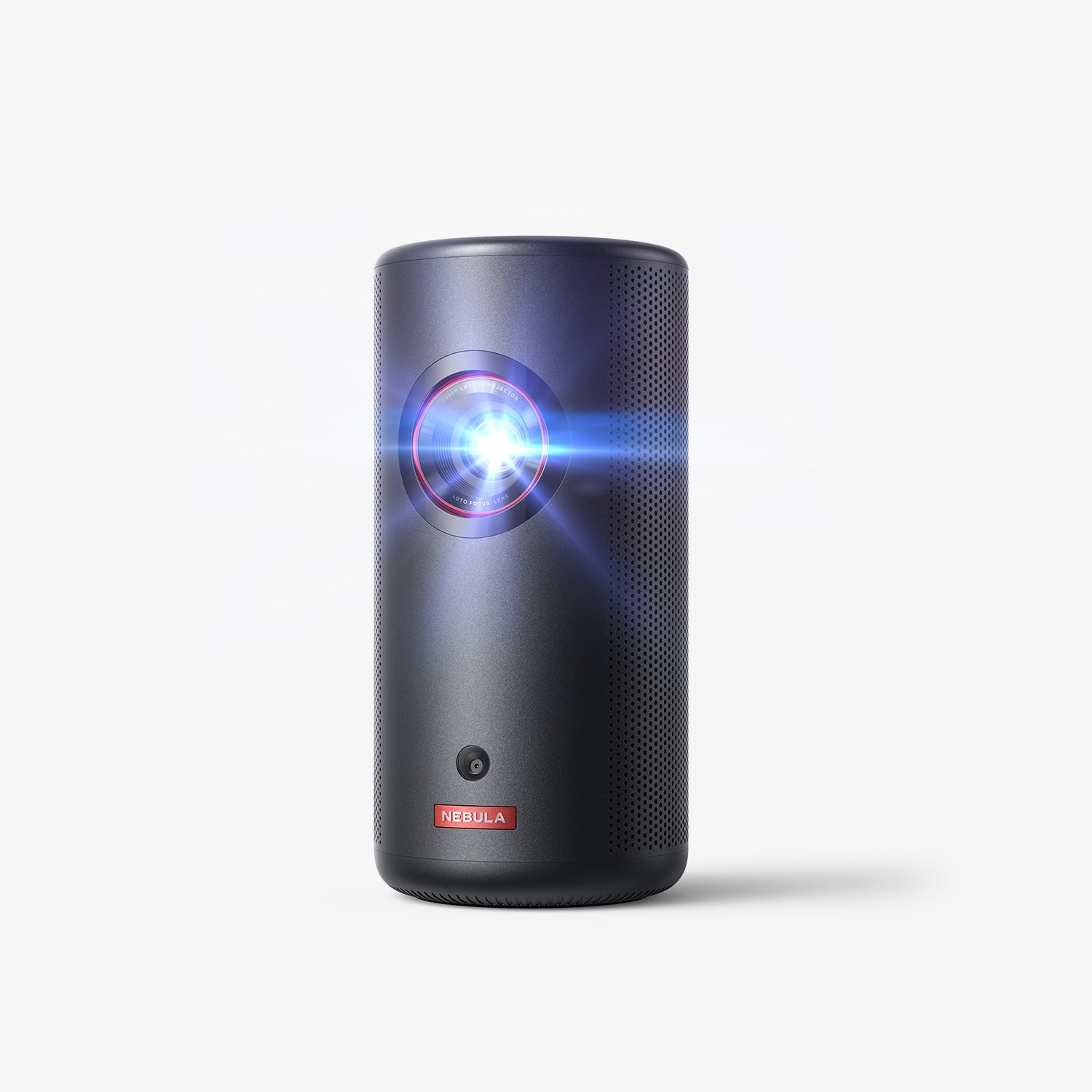
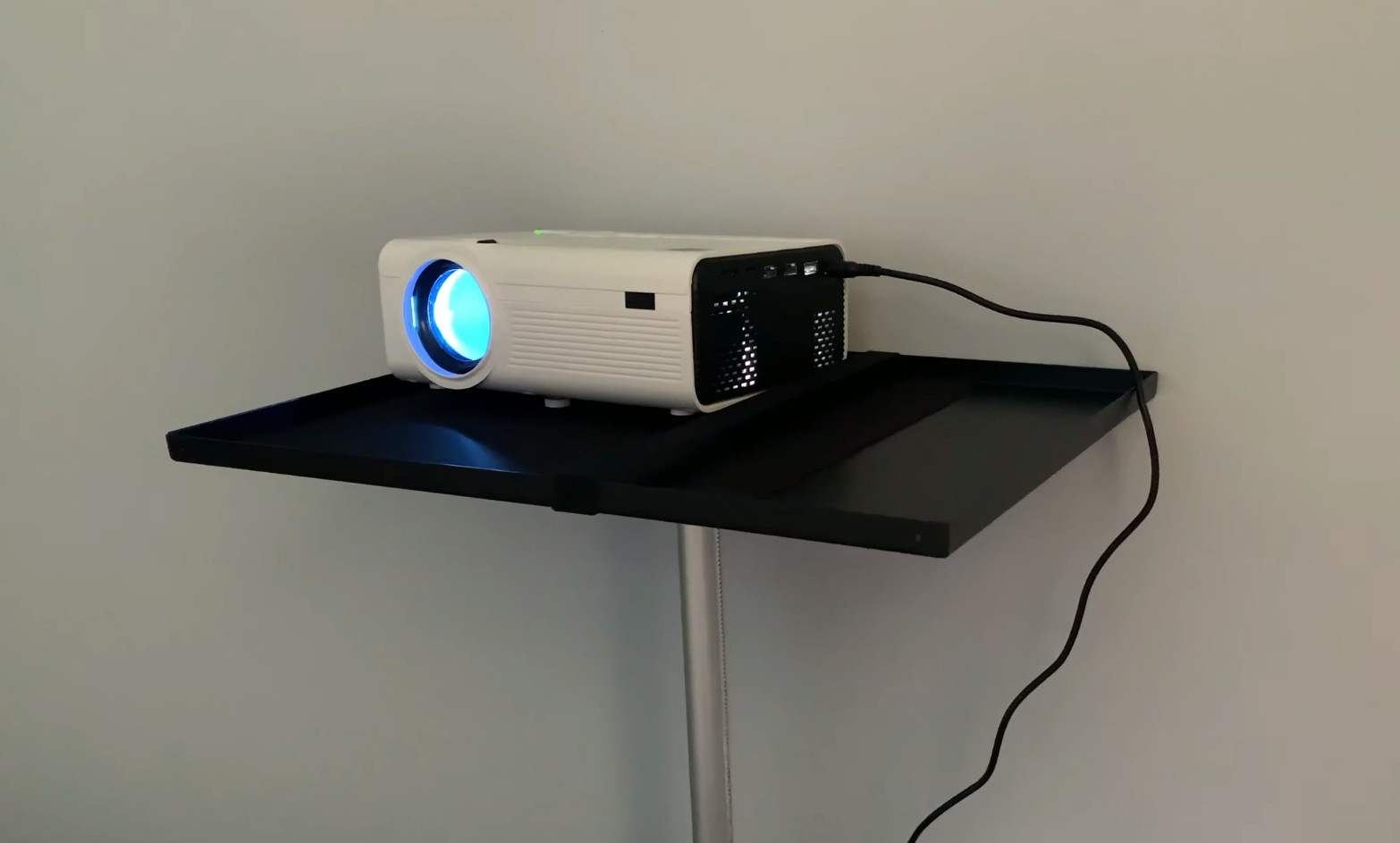
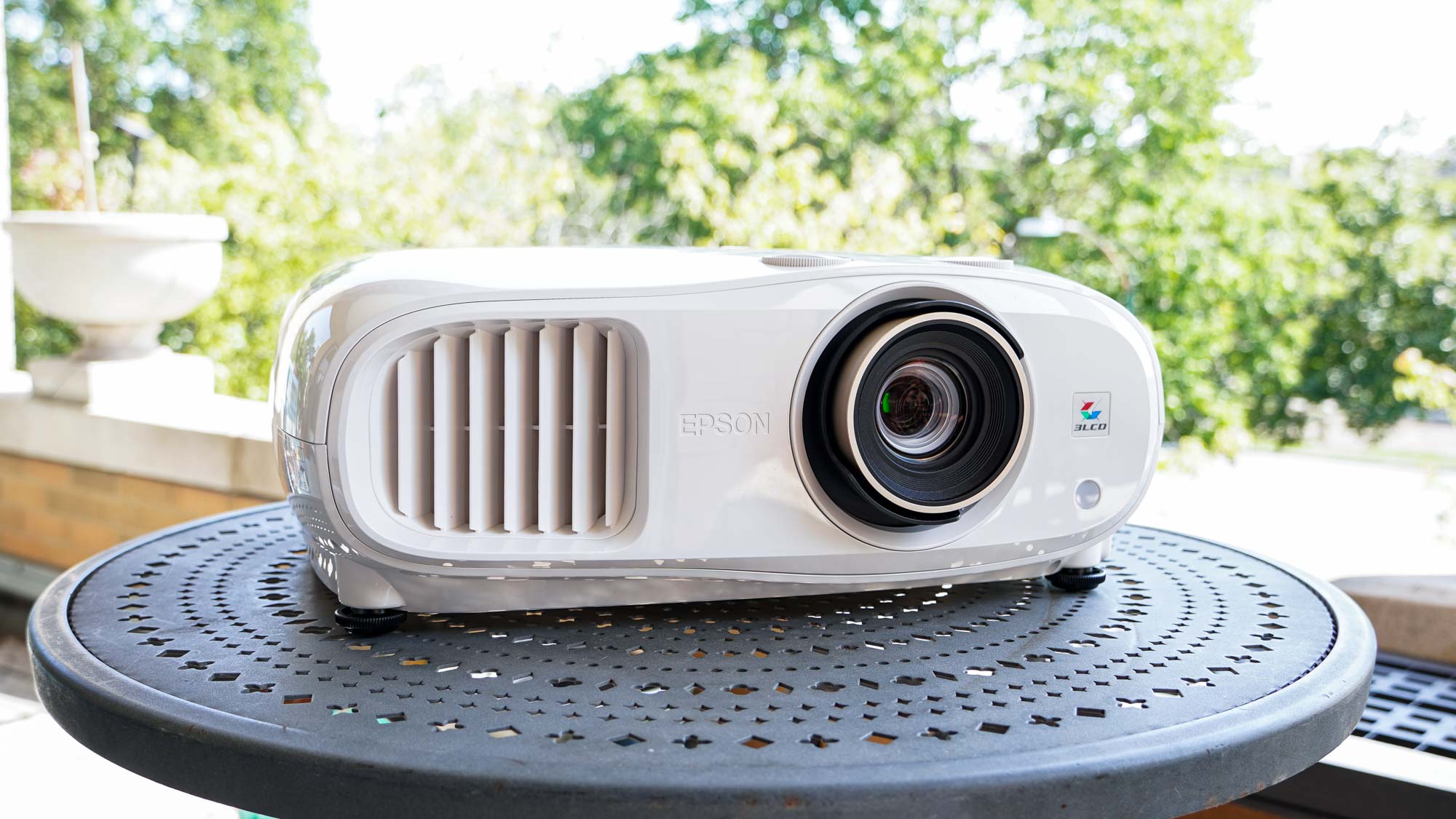
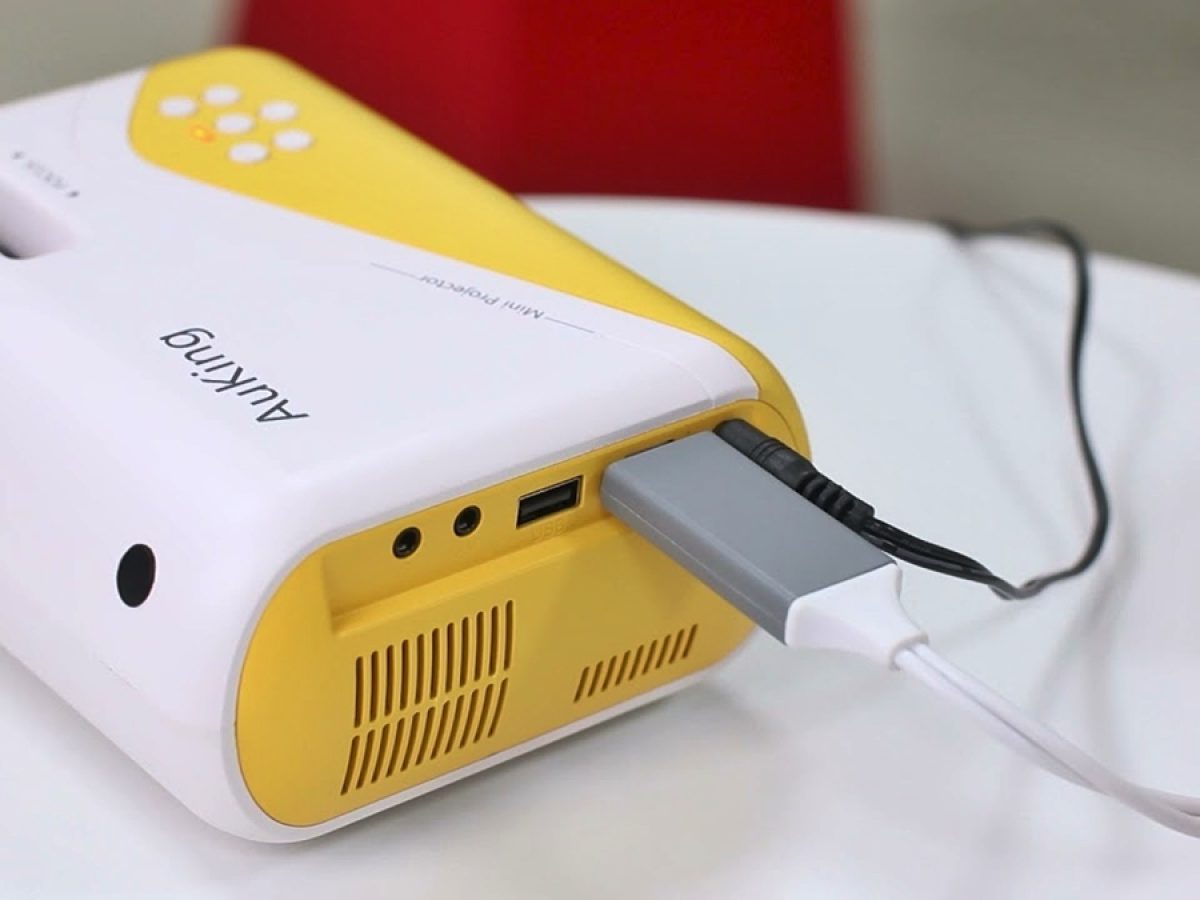
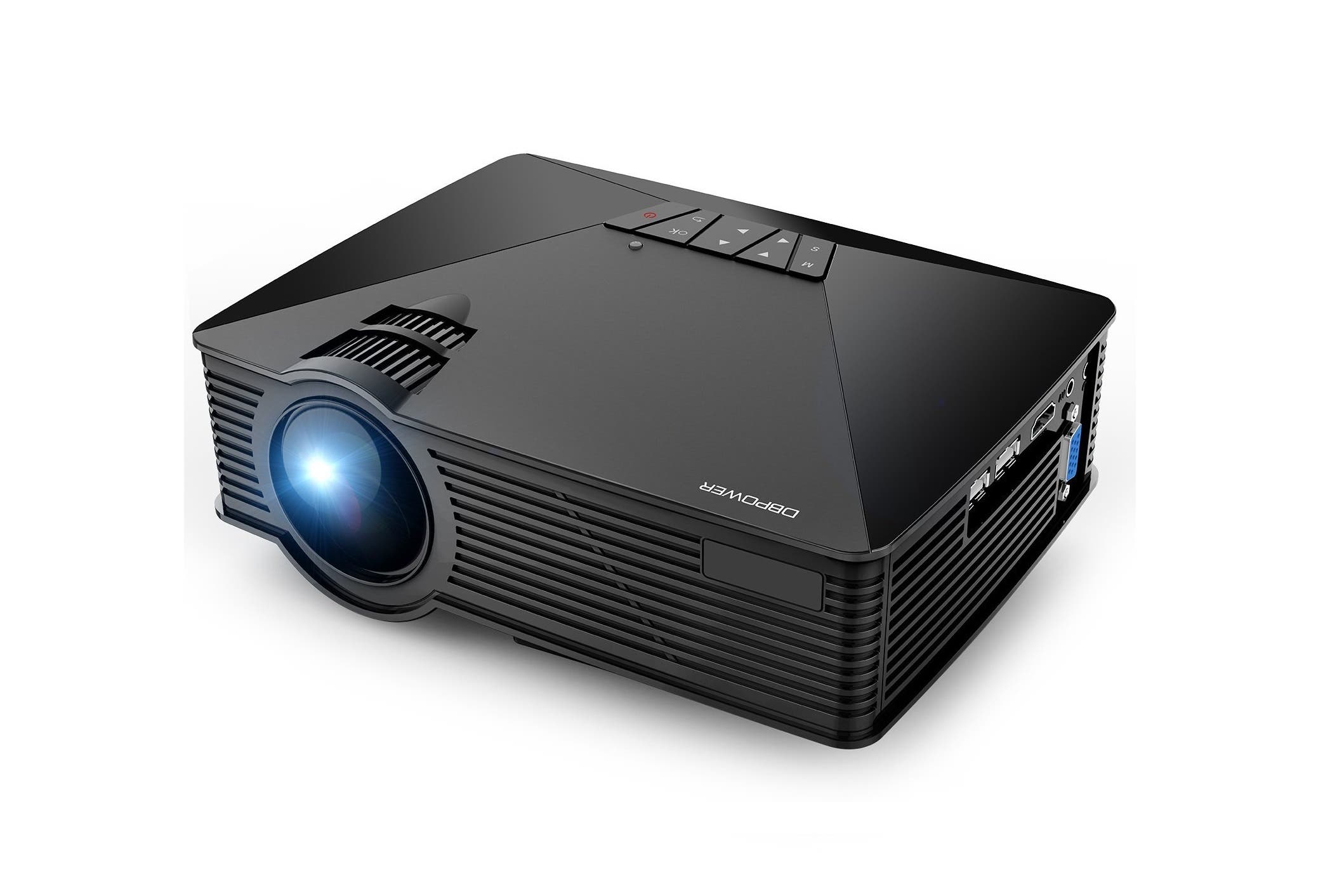
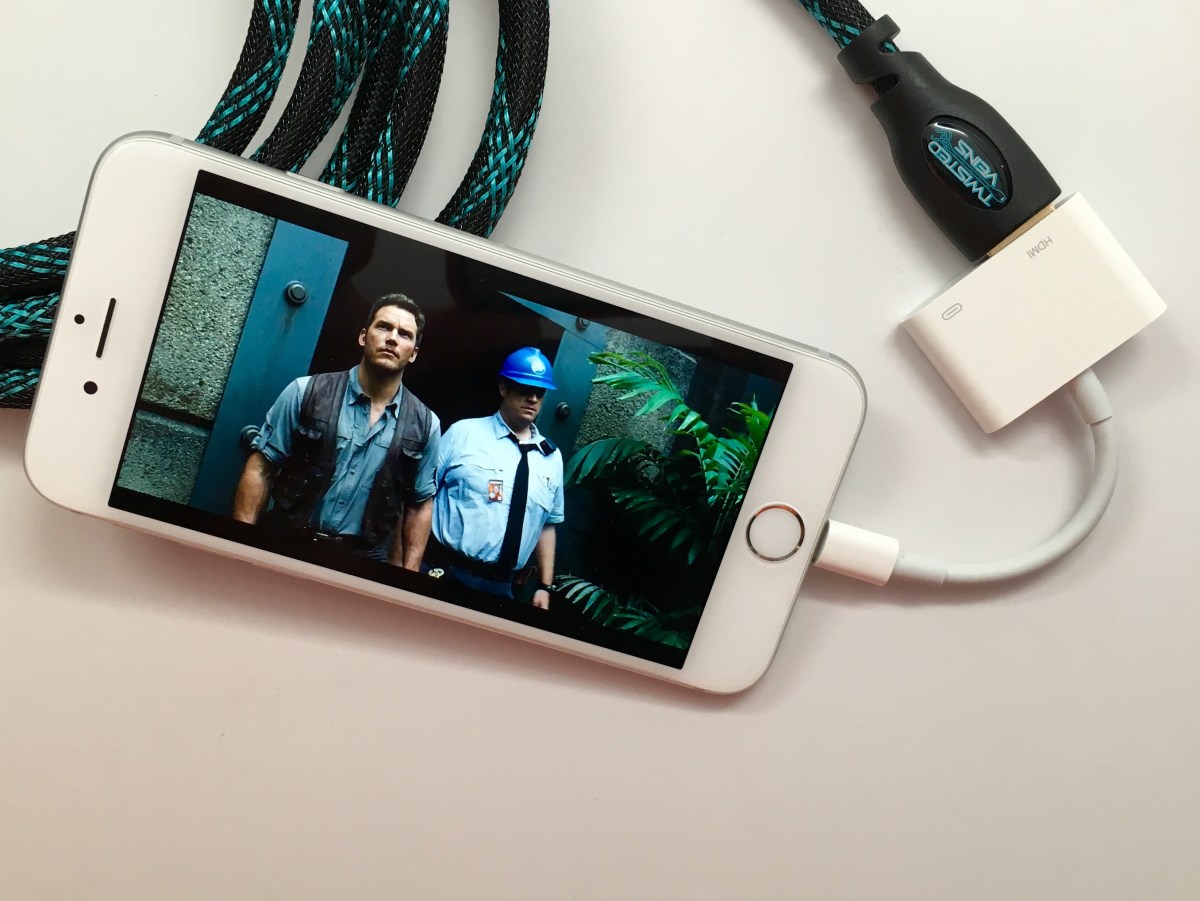
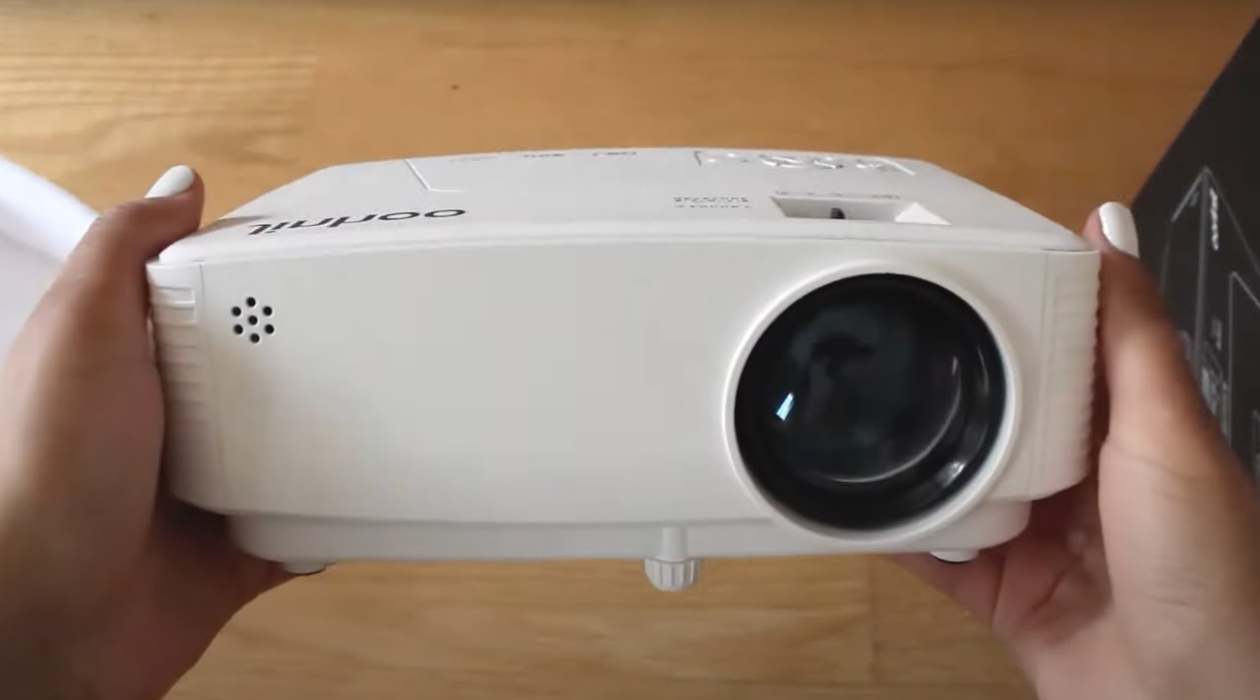
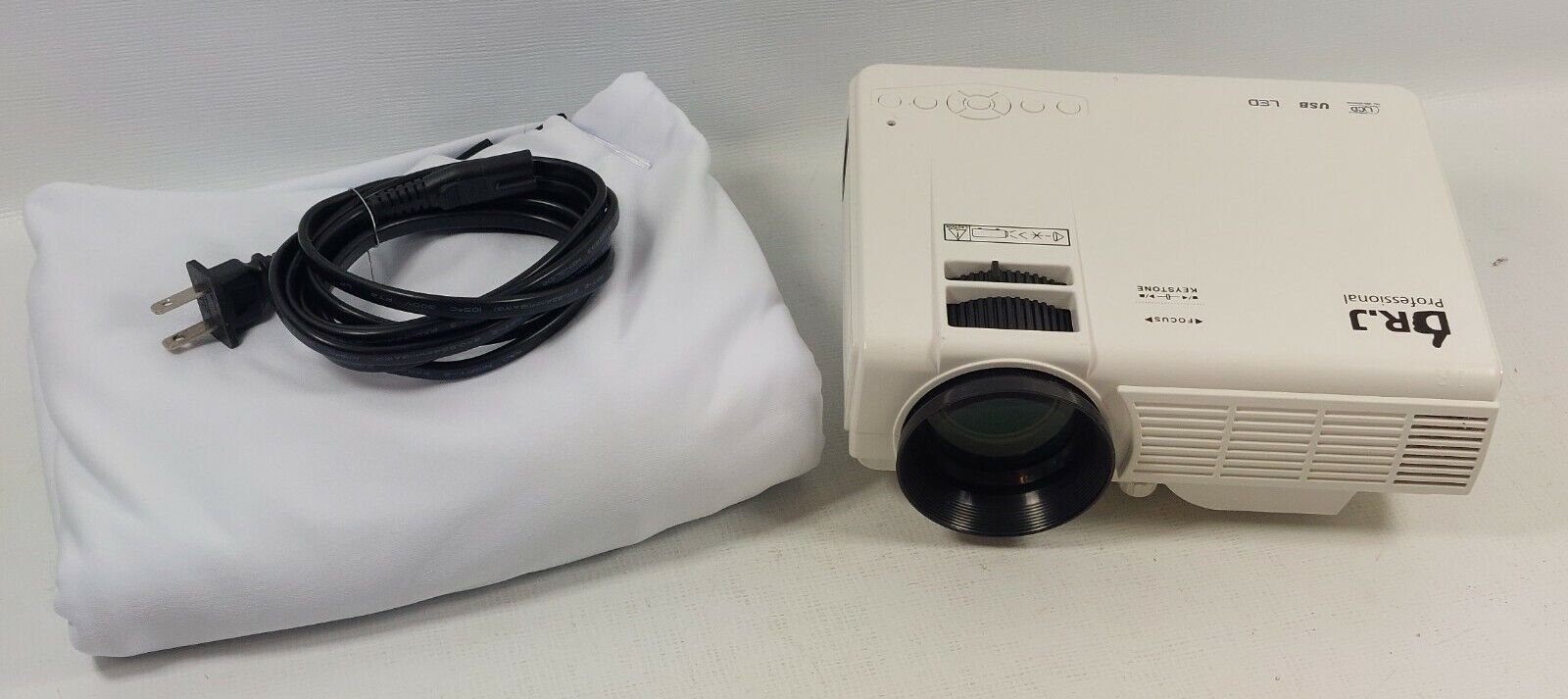
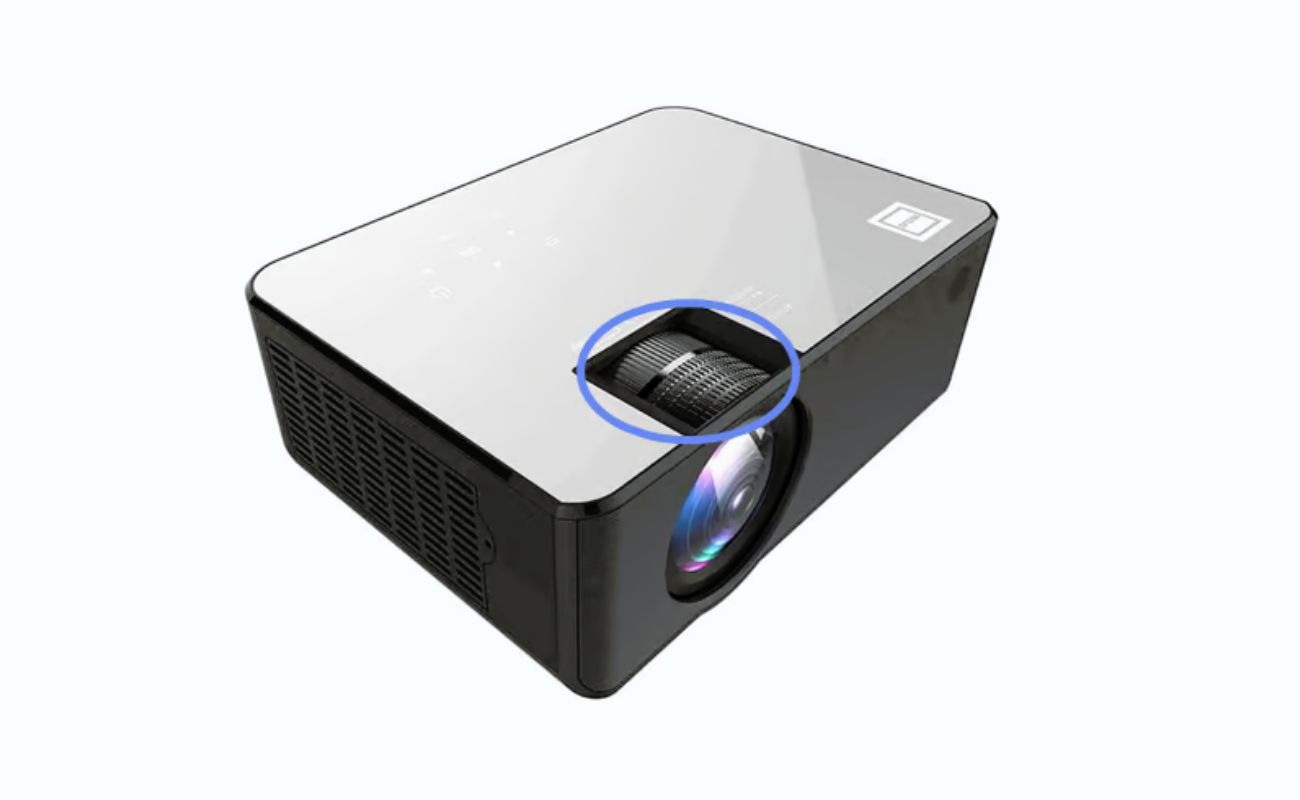
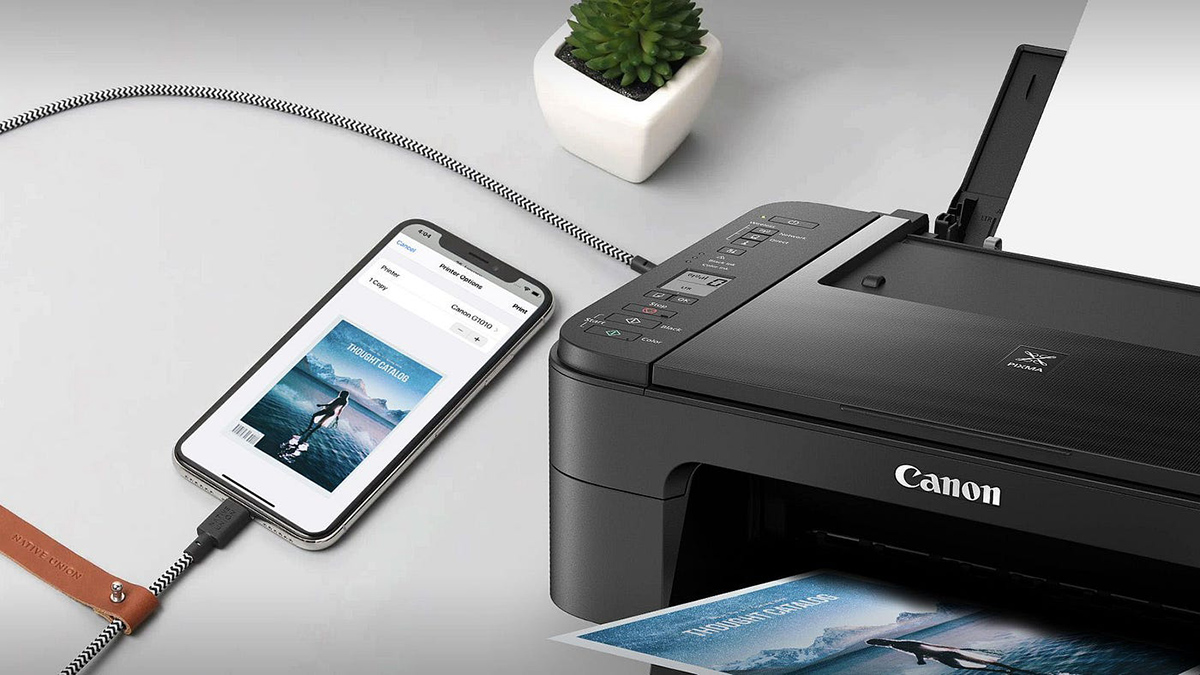
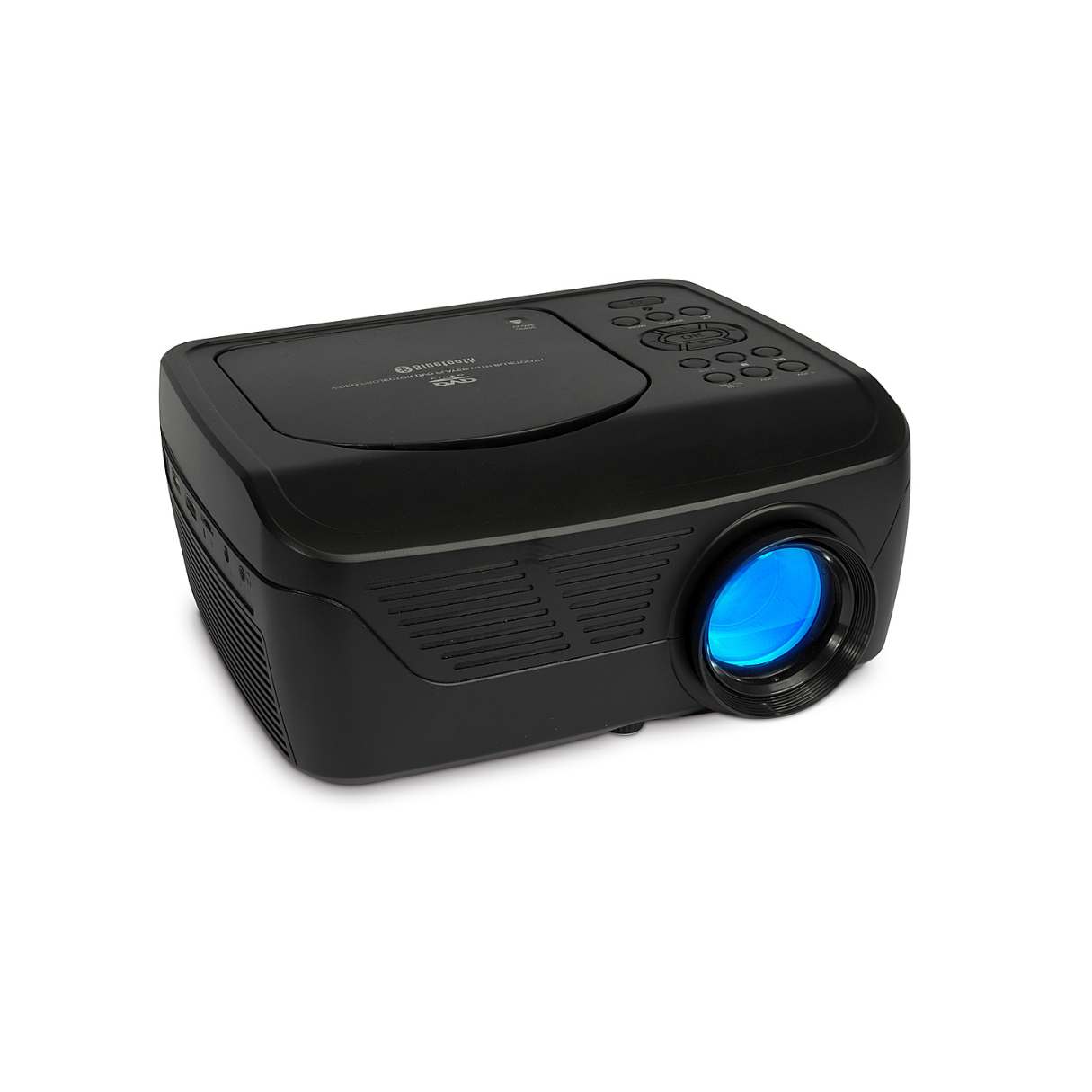
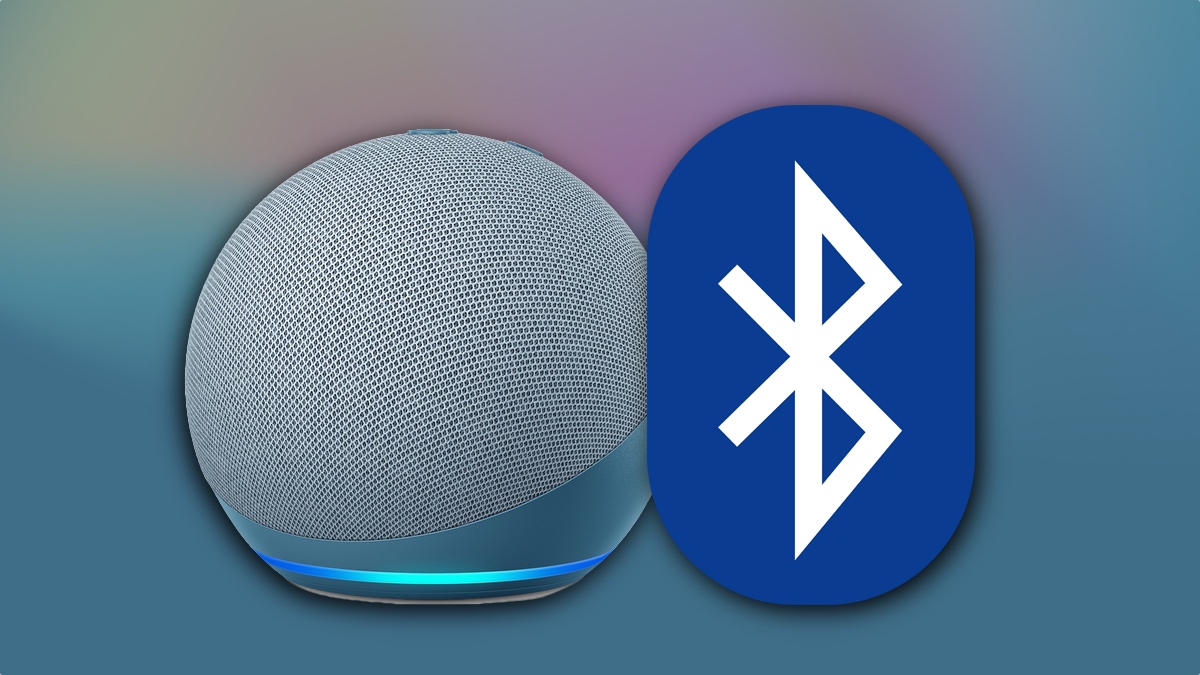
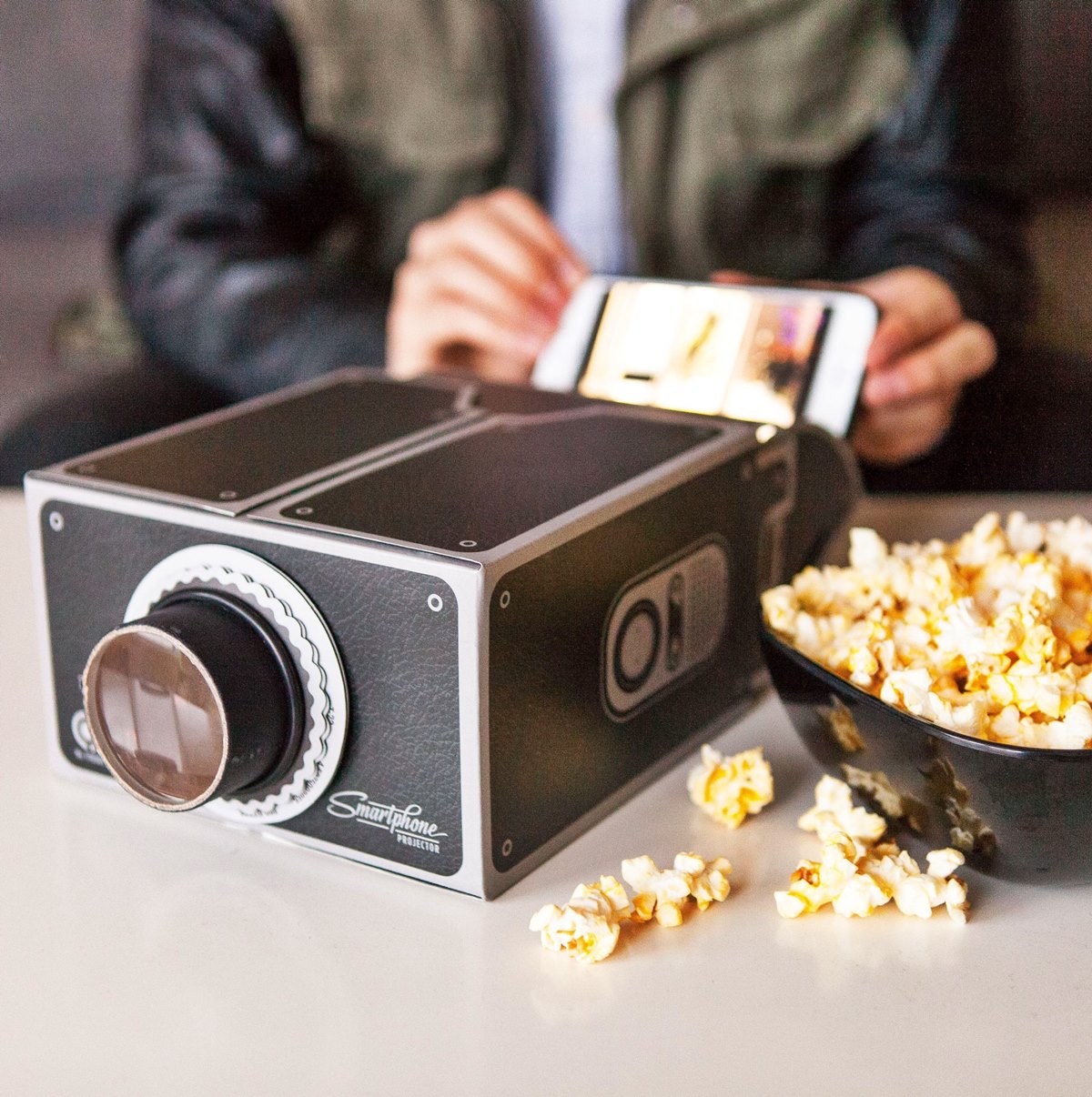
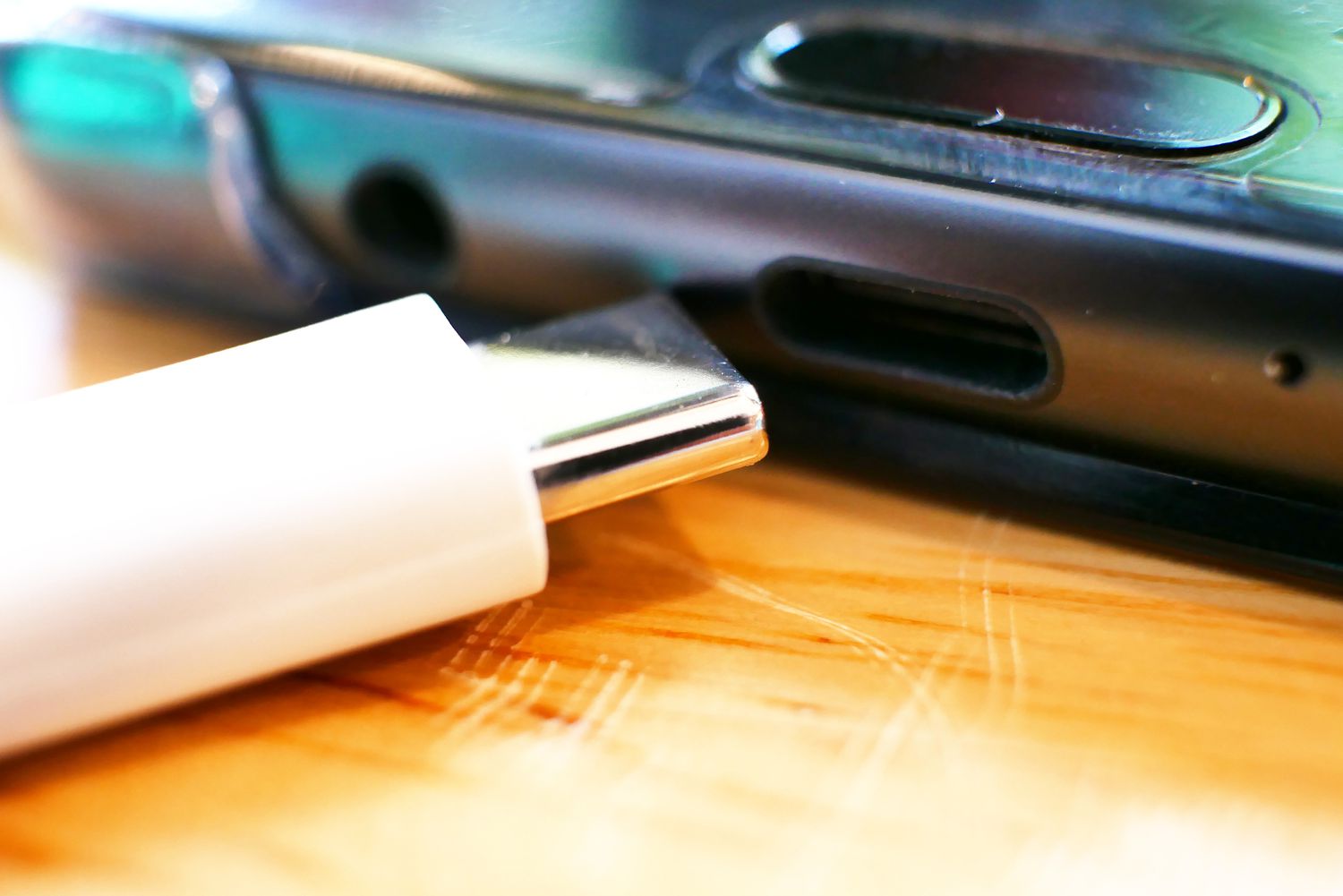

0 thoughts on “How To Connect Phone To Projector Via USB”